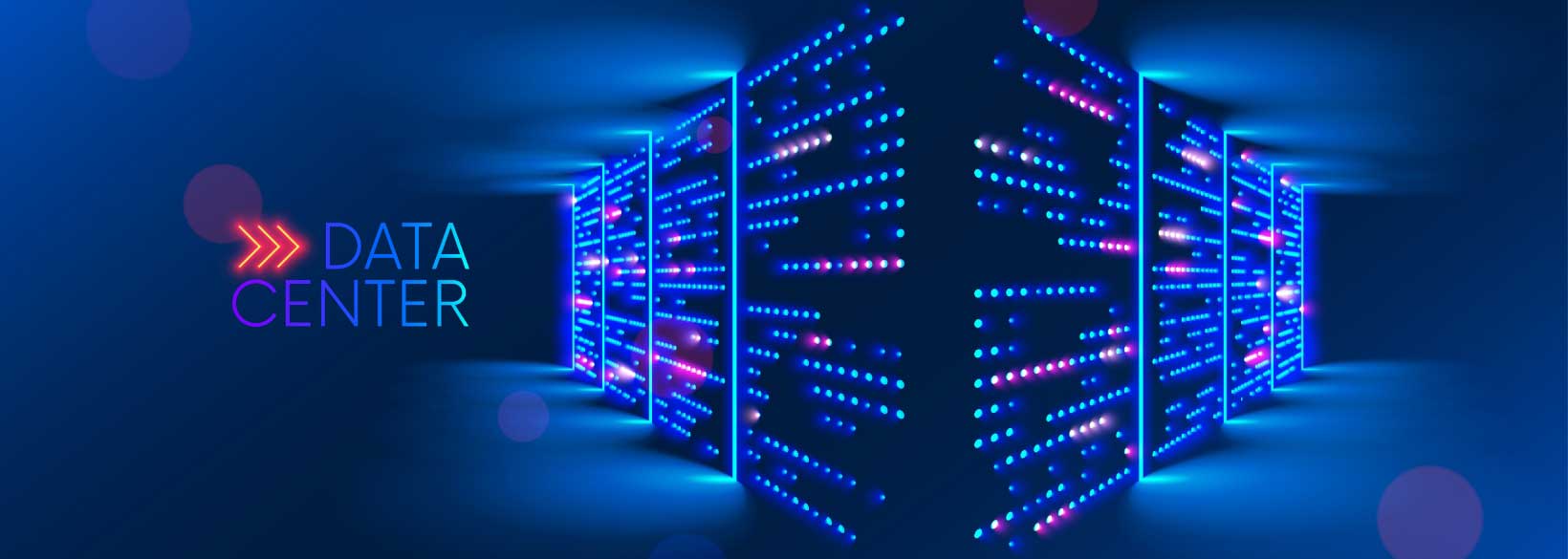You may already know that there are four tiers of data centres, but do you know what the exact differences between them are? And do you know which one is best for your company? Data centre tiers are an optional certification system by Uptime Institute. This organization classifies each tier from 1 – 4 and gives certifications to IT companies. This ensures that customers can depend on the deliverability of each tier for their unique business needs. The tiers are progressive, so knowing the differences between each tier and how they can work for your company is important. By having this knowledge, you can ensure that your resources are allocated appropriately and your security requirements are met. Read on to learn everything you need to know about tiered data centres.
Tier 1
Features
A tier 1 data centre includes supported IT infrastructure outside the office with generally 99.6% uptime and only 28.8 hours of downtime annually. It comes with a low cost to build and maintain, a single distribution pathway for power and cooling systems, and there is no redundancy for any critical systems.
Benefits
Tier 1 data centres offer a dedicated space for IT infrastructure to small and start-up-level businesses. They can support workloads beyond an office environment with an electrical backup generator, and they have an uninterrupted power supply (UPS), as well as HVAC cooling systems. There is no redundancy incorporated, meaning if any component fails, the whole system goes offline. The cost of a tier 1 system is low to build and maintain and is best suited for small businesses that can tolerate some downtime.
Tier 2
Features
A tier 2 data centre offers partial redundancy with backup generators and HVAC systems. The redundant infrastructure allows for select maintenance opportunities and increased protection against disruptions. It also includes single pathway distribution, meaning it is still vulnerable to unexpected interruptions. Generally, it has 99.7% uptime with a downtime of 22.7 hours annually.
Benefits
The partial redundancy offered by tier 2 data centres ensures that technicians can perform regular, planned maintenance without disruptions. This is achieved by adding redundant generators, power supplies, and cooling systems to a tier 1 system. It also increases protection against IT process disruptions due to unexpected equipment failures. This tier is mostly used by small-to-medium-sized businesses that need data backup and recovery and non-mission-critical functions.
Tier 3
Features
Concurrent maintainability is one of the main features of a tier 3 data centre. Unlike tiers 1 and 2, a tier 3 data centre has dual distribution pathways, instead of single. All components necessary for operations have a backup redundant system and all IT equipment has a dual power supply attached to separate UPSs. Redundant cooling systems are also included. Generally, this tier has 99.98% uptime with only 1.6 hours of downtime annually. An additional feature that makes a tier 3 data centre stand out from tiers 1 and 2 is that it contains backup solutions that allow operations to keep running for up to 72 hours after a power outage. So, it’s almost entirely fault-tolerant but still relies on outside power supply from utility companies and HVAC systems.
Benefits
Tier 3 data centres are the industry standard for medium-to-large enterprises. This tier includes N+1 redundancy; if a single failure or planned maintenance occurs on one component, a backup runs in its place. In this case, “N” equals necessary capacity to support the full IT load of the data centre and “+1” means extra components for backup purposes. This means that planned maintenance involves no disruption to IT processes because power and cooling are diverted to the backup systems via an additional redundant pathway. All components required for the IT processing environment can be shut down and maintained without impacting operations because every component also has a dual UPS. In turn, one component can be taken offline without causing network connectivity problems. Tier 3 data centres offer high-quality space, speed, power, and cooling, as well as a sufficient level of resiliency and redundancy to uphold customers’ requirements for mission-critical computing, security, and storage.
Tier 4
Features
A tier 4 data centre is completely fault-tolerant. Generally, it has 99.99% uptime with a downtime parameter of only 26 minutes annually. It offers 2N or 2N+1 redundancy and backup solutions that will run for 96 hours after a power outage.
Benefits
This is the highest, current tier (though some companies are experimenting with tier 5 systems). It provides continuous support and services no matter the circumstances. When any unplanned equipment failure occurs, there is zero effect on IT operations. This is achieved in two ways. Firstly, 2N or 2N+1 redundancy means there is an identical system in place on standby for each component that is physically isolated and independent of the primary system. All components have two UPSs, two backup generators, two different cooling systems, etc. Secondly, each distribution pathway is independent, so a failure of one does not cause a chain reaction of failures throughout the system. Tier 4 data centres are expensive to build and maintain, meaning they are rare and most suitable for large organizations like financial or government institutions that have demanding customer or business needs and heavy mission-critical workloads.
Which is Best for your Organization? Ask Yourself These Questions
According to Forbes, when it comes to 2023 data centre trends, “Data Center operators are adding resiliency to their backup systems with an increasing focus on hours or days of backup.”
So, some key questions to ask yourself when choosing the best tier for your organization should include:
- What are your security requirements?
- What is your allocated budget?
- Are there any legal obligations or customer expectations to consider?
- What are the uptime requirements?
- How will downtime affect your business?
Asking yourself these questions and using the details of each tier laid out in this article will help you make the best choice for you and your organization.
Ironclad TEK’s Tier 3 Data Centre
Our data centre is co-located in a Calgary facility and is tier 3-certified by Uptime Institute. We uphold industry standards for storage, security, backup, recovery, and cost. We have been providing Hosted IT Services in our tier 3 data centre for over a decade, and our clients can rely on us to provide the best data centre solutions for all their IT needs. We take care of maintenance and any software or licenses specific to your company’s procedures. Within our data centre, you can be sure your mission-critical data is protected with our robust security posture. You can count on Ironclad TEK for all your data centre needs. Contact us today to find IT solutions that align with and support your business needs.




